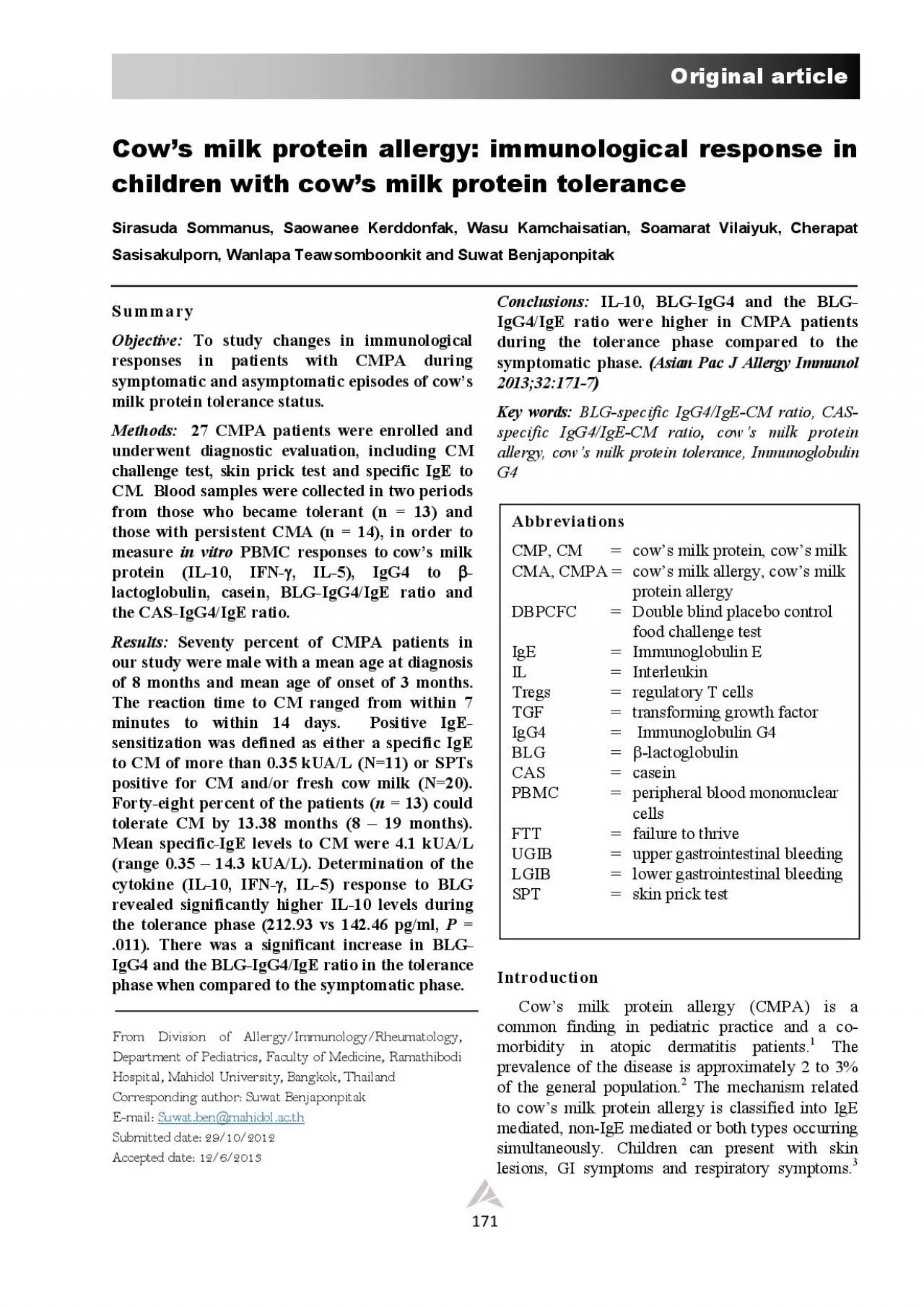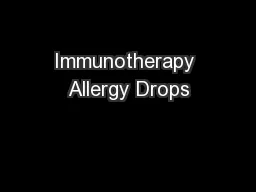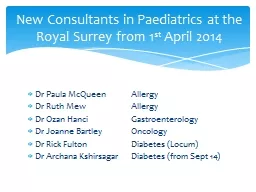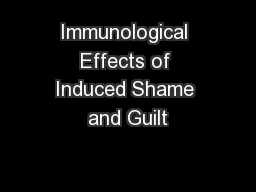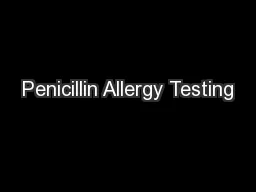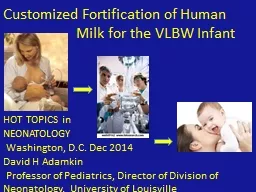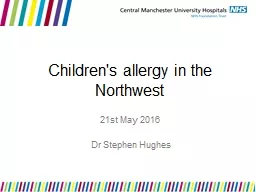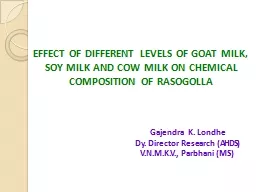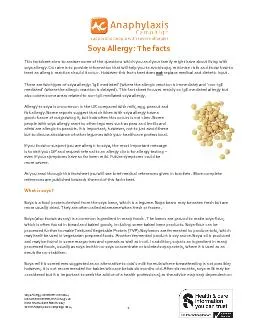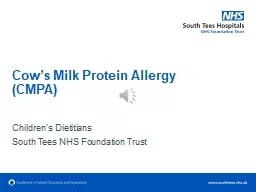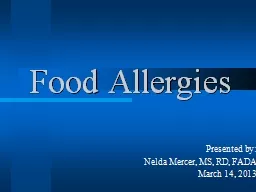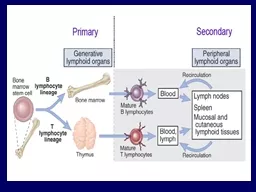PDF-Original articleCows milk protein allergy immunological response in
Author : pamela | Published Date : 2022-08-25
From Division of AllergyImmunologyRheumatology Department of Pediatrics Faculty of Medicine Ramathibodi Email Suwatbenmahidolacth Submitted date 29102012 Accepted
Presentation Embed Code
Download Presentation
Download Presentation The PPT/PDF document "Original articleCows milk protein allerg..." is the property of its rightful owner. Permission is granted to download and print the materials on this website for personal, non-commercial use only, and to display it on your personal computer provided you do not modify the materials and that you retain all copyright notices contained in the materials. By downloading content from our website, you accept the terms of this agreement.
Original articleCows milk protein allergy immunological response in: Transcript
Download Rules Of Document
"Original articleCows milk protein allergy immunological response in"The content belongs to its owner. You may download and print it for personal use, without modification, and keep all copyright notices. By downloading, you agree to these terms.
Related Documents

